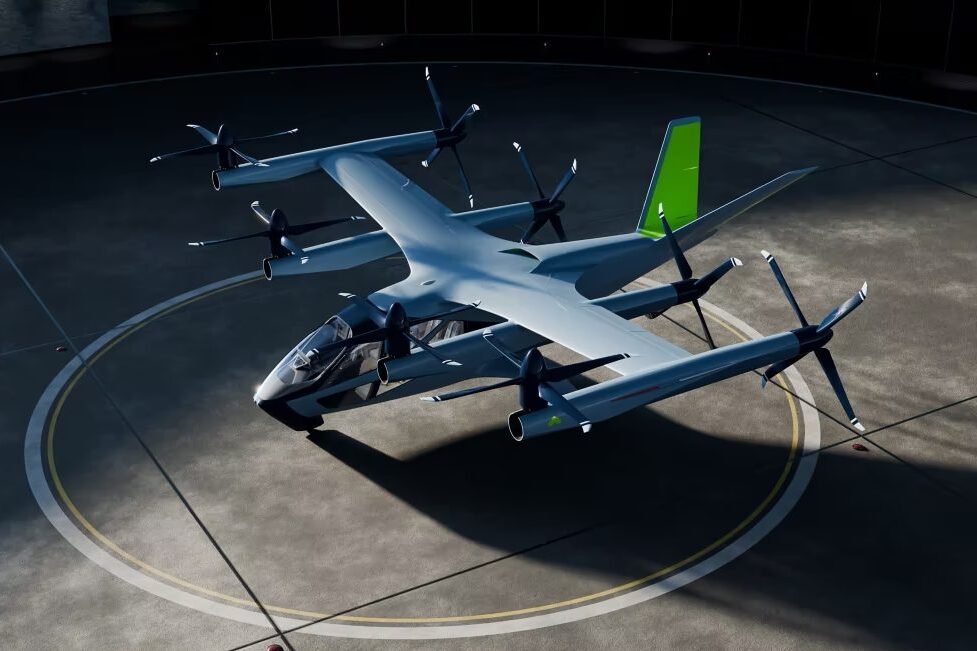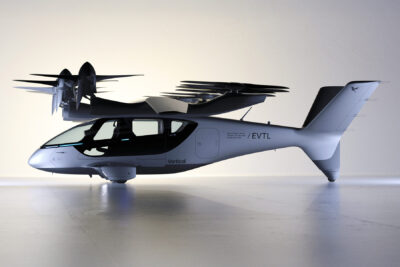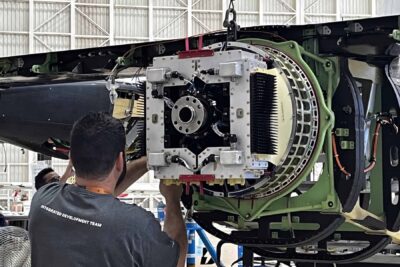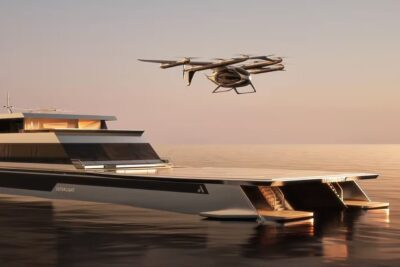CES 2024: Supernal shows second eVTOL concept
After all, Supernal debuted its first concept in Las Vegas four years ago and had an eager client on board at the time of presenting the S-A1 eVTOL at CES 2020. Uber Air (formerly Uber Elevate) was then expected to launch commercial operations in 2023. That did not happen, and the ride-hailing business has since sold its air taxi unit to Joby Aviation.
History aside, the Supernal S-A2 currently on show in Las Vegas builds on the initial concept, not only in name. As before, the eVTOL relies on eight rotors, now bristling with four blades each. The cabin is designed to accommodate four passengers and one pilot and, according to Hyundai manager Youngcho Chi, will be produced on the “scale of the automobile industry”.
The company adds that the machine will operate as quietly as a dishwasher when taking off for an altitude of 1,500 feet (457 metres) and cruising speeds of 120mph (193 kph). That’s a little slower than initially suggested but near enough to meet the initial concept midway.
Supernal does not fully specify battery size but says it packs enough capacity for 25- to 40-mile trips that, typically, helicopters conduct between city centres and airports for those who can afford it.
While not naming any new clients or business cases as before, the company still expects to benefit from Hyundai in the background and on the highest level.
“By leveraging our talented 600-person team, the vast technical and business capabilities of Hyundai Motor Group and trusted aviation suppliers around the world, Supernal is ready to deliver a new era of flight,” said Jaiwon Shin, President of Hyundai Motor Group and CEO of Supernal.
Said workforce nearly doubled in late 2023 when Shin also broke news about manufacturing plans for the USA. The executive did not go into much detail at the time but set Supernal on a schedule. He expects test flights to take off in December 2024 and said Supernal will start applying for FAA certification within the next few months.
The company opened its technical headquarters in Irvine, California, in July last year and an R&D facility in Fremont two months later. According to Shin, the workforce includes many engineers from Boeing, Lockheed Martin and Tesla.





0 Comments